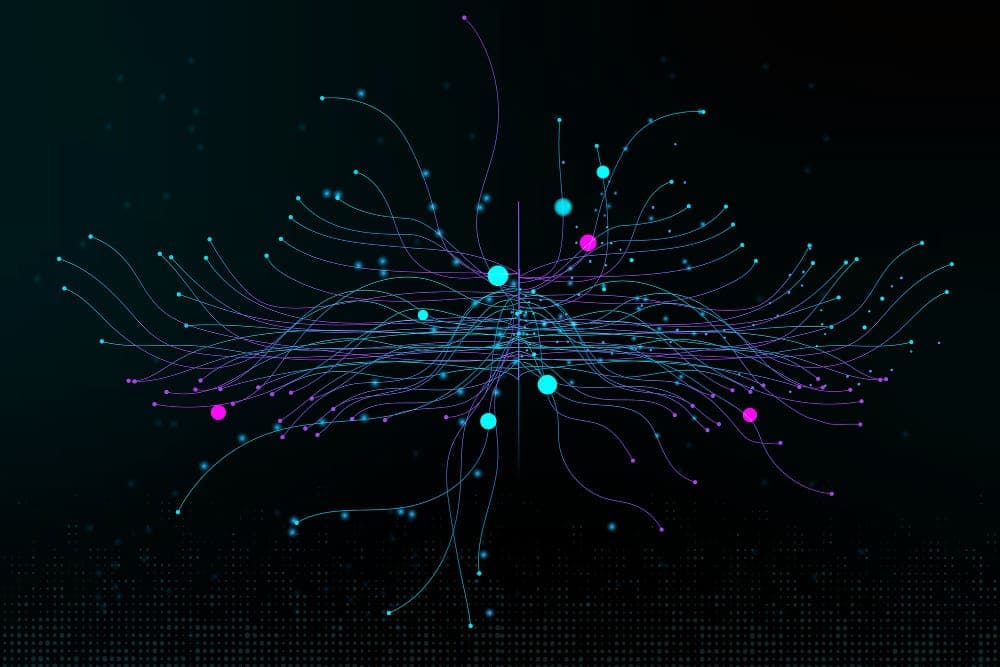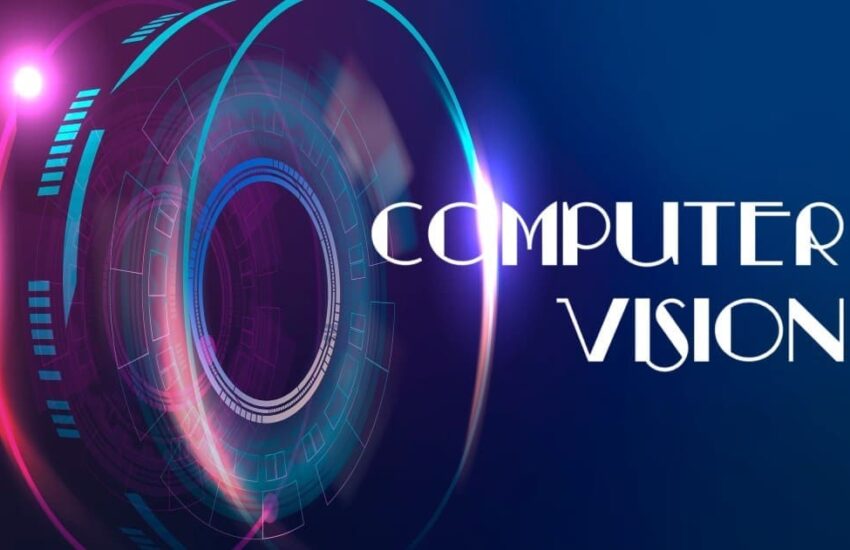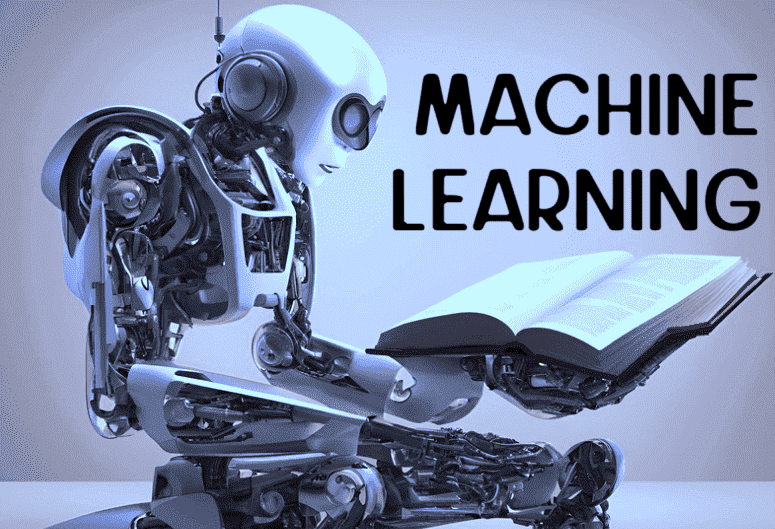
Overview:
The Internet of Things (IoT) represents a paradigm shift in how devices, systems, and environments interact and exchange data, promising transformative impacts across industries and everyday life. So, to understand what is IoT, we need to first understand its vast network of interconnected devices equipped with sensors, actuators, and communication capabilities, enabling them to collect, analyze, and share data autonomously. This technology holds immense potential to enhance operational efficiencies, improve decision-making processes, and create entirely new services and experiences.
As IoT continues to evolve, driven by advancements in edge computing, artificial intelligence (AI), and connectivity solutions like 5G, it is poised to revolutionize sectors ranging from healthcare and manufacturing to smart cities and agriculture. However, alongside its promise come challenges such as cybersecurity risks, interoperability issues, and ethical considerations, necessitating ongoing research and collaborative efforts to unlock its full capabilities while addressing potential pitfalls.
Contents:
- What is IoT
- What are various types of IoT
- What are the key trends and developments in IoT
- What are the market dynamics of IoT
- What are the key application areas of IoT across sectors
- What are the key challenges or limitations of IoT
- Summing Up
So, what is IoT (Internet of Things):
The Internet of Things (IoT) refers to the network of physical objects—”things”—that are embedded with sensors, software, and other technologies for the purpose of connecting and exchanging data with other devices and systems over the internet. These objects can range from ordinary household items to sophisticated industrial tools.
Here are some key aspects of IoT:
1. Connectivity:
IoT devices are connected to the internet, allowing them to send and receive data. This connectivity can be achieved through various means such as Wi-Fi, Bluetooth, cellular networks, or other communication protocols.
2. Sensors:
IoT devices often include sensors that collect data from their environment. This data can include anything from temperature, humidity, and light levels to more complex information like machine performance or human health metrics.
3. Data Exchange:
The data collected by IoT devices is transmitted to a central system or cloud platform where it can be stored, analyzed, and acted upon. This data exchange can happen in real-time, enabling immediate responses to changes in the environment.
4. Automation and Control:
IoT enables automation and remote control of devices. For example, a smart thermostat can adjust the temperature of a home based on the homeowner’s preferences and patterns, or a factory can automatically adjust its operations to optimize efficiency.
5. Analytics and Insights:
By analyzing the data collected by IoT devices, organizations can gain valuable insights into their operations, customer behaviors, and more. This can lead to improved decision-making, predictive maintenance, and enhanced user experiences.
What are various types of Internet of Things (IoT):
1. Consumer IoT:
The key examples include:
Smart Homes: Devices that automate and control household functions, such as smart thermostats (e.g., Nest), smart lighting (e.g., Philips Hue), smart locks (e.g., August Smart Lock), and smart appliances (e.g., smart refrigerators, ovens).
Wearables: Gadgets that track health, fitness, and other personal metrics, like fitness trackers (e.g., Fitbit), smartwatches (e.g., Apple Watch), and smart glasses (e.g., Google Glass).
2. Commercial IoT:
The key examples include:
Retail: IoT solutions for inventory management, customer experience enhancement, and smart payment systems. Examples include RFID tags for inventory tracking and smart shelves that alert store staff when stock is low.
Healthcare: Devices and systems for patient monitoring, medical device integration, and health data collection. Examples include remote patient monitoring systems, smart hospital beds, and connected inhalers.
3. Industrial IoT (IIoT):
The key examples include:
Manufacturing: IoT used for predictive maintenance, asset tracking, and optimizing production processes. Examples include smart sensors on manufacturing equipment that monitor performance and predict failures.
Supply Chain and Logistics: Solutions for tracking goods, fleet management, and optimizing logistics. Examples include GPS trackers on delivery trucks and smart warehouse management systems.
4. Infrastructure IoT:
The key examples include:
Smart Cities: IoT technologies to manage city infrastructure, including traffic management, waste management, and energy distribution. Examples include smart traffic lights that adapt to traffic conditions and sensors that monitor air quality.
Utilities: IoT for energy management, water distribution, and grid monitoring. Examples include smart meters that provide real-time energy usage data and sensors that detect leaks in water distribution systems.
5. Agricultural IoT:
The key examples include:
Precision Agriculture: IoT used to optimize farming practices, monitor crop health, and manage livestock. Examples include soil moisture sensors, weather stations, and GPS-enabled tractors.
Livestock Monitoring: Devices that monitor the health and location of livestock, such as wearable collars with GPS and health sensors.
6. Environmental IoT:
The key examples include:
Wildlife Monitoring: IoT for tracking and studying wildlife, such as GPS collars on animals or remote cameras in natural habitats.
Climate Monitoring: Sensors and devices that monitor environmental conditions, such as weather stations, air quality monitors, and water quality sensors.
7. Military IoT:
The key examples include:
Connected Equipment: IoT devices used for enhancing situational awareness, equipment monitoring, and logistics. Examples include drones, wearable devices for soldiers, and smart vehicles.
Surveillance and Reconnaissance: IoT systems for monitoring and intelligence gathering. Examples include connected cameras, sensors, and unmanned aerial vehicles (UAVs).
8. Transportation IoT:
The key examples include:
Connected Vehicles: IoT technologies for vehicle-to-vehicle (V2V) and vehicle-to-infrastructure (V2I) communication, enhancing safety and efficiency. Examples include smart traffic systems, autonomous vehicles, and fleet management systems.
Public Transport: IoT applications in public transportation, such as smart ticketing systems, real-time tracking of buses and trains, and passenger information systems.
What are the key trends and developments in Internet of Things (IoT):
1. Edge Computing:
Localized Data Processing: Instead of sending all data to a central cloud, edge computing processes data closer to where it is generated, reducing latency and bandwidth use.
Real-Time Applications: Enhances applications requiring real-time data processing, such as autonomous vehicles and industrial automation.
2. 5G Technology:
Enhanced Connectivity: 5G provides faster, more reliable internet connections, supporting the proliferation of IoT devices with higher data transfer rates and lower latency.
Massive IoT: Enables the connection of a vast number of IoT devices in dense urban areas, supporting smart city applications and more complex use cases.
3. Artificial Intelligence and Machine Learning:
Advanced Analytics: AI and ML are being integrated with IoT to analyze large volumes of data, enabling predictive maintenance, anomaly detection, and enhanced decision-making.
Autonomous Systems: These technologies facilitate the development of autonomous systems, such as drones, robots, and self-driving cars, which rely heavily on IoT data.
4. IoT Security:
Enhanced Security Protocols: With the increasing number of connected devices, robust security measures are crucial to protect against cyber threats and ensure data privacy.
Blockchain: Blockchain technology is being explored to enhance IoT security through decentralized, tamper-proof systems for data integrity and device authentication.
5. Interoperability Standards:
Standardization Efforts: The development of common standards and protocols to ensure that different IoT devices and systems can work together seamlessly.
Open-Source Platforms: Growing adoption of open-source IoT platforms to foster collaboration and innovation in developing interoperable solutions.
What are the market dynamics of Internet of Things (IoT):
Market Size and Growth:
- The IoT market is expanding rapidly, driven by increasing connectivity, advancements in technology (such as AI and 5G), and the proliferation of connected devices across industries.
- As per the report, the projected growth of the global Internet of Things (IoT) market indicates an increase from USD 714 Billion in 2024 to an estimated USD 4,062 Billion by 2032, with a compound annual growth rate (CAGR) of 24.3% from 2024 to 2032.
Ecosystem and Partnerships:
- The IoT ecosystem involves a complex network of hardware manufacturers, software developers, connectivity providers, and service integrators.
- Partnerships and collaborations across industries are crucial for developing integrated IoT solutions, addressing interoperability challenges, and driving innovation.
Regulatory Landscape:
- Regulatory frameworks and standards impact IoT adoption, particularly concerning data privacy, security, and interoperability.
- Compliance with regulations such as GDPR in Europe and industry-specific standards influences IoT deployments and market dynamics.
Investment and Funding:
- Investment in IoT startups, research, and development initiatives is significant, driven by the potential for transformative impact across industries.
- Venture capital, corporate investments, and government funding support innovation and scalability in IoT technologies and applications.
Ethical and Societal Implications:
- Addressing ethical considerations related to AI-driven decision-making in IoT applications, ensuring fairness, transparency, and accountability in automated systems.
- Exploring IoT solutions for societal challenges, such as disaster response, public health emergencies, and inclusive access to technology for underserved communities.
What are the key application areas of Internet of Things (IoT) across sectors:
1. Smart Utility:
Home Automation: Control of home functions such as lighting, heating, cooling, and security through smart devices like thermostats, lights, locks, and cameras.
Smart Buildings: Integrating IoT devices to manage lighting, HVAC (heating, ventilation, and air conditioning), security systems, and occupancy in commercial and residential buildings for improved efficiency and comfort.
Energy Management: Monitoring and optimizing energy usage with smart meters and connected appliances to reduce consumption and costs.
Smart Grids: Enhancing the efficiency and reliability of electricity distribution through real-time monitoring and control of grid components.
Water Management: Monitoring water distribution systems for leaks, pressure changes, and quality issues to ensure efficient water use and safety.
2. Healthcare:
Remote Patient Monitoring: Continuous monitoring of patients’ health parameters through wearable devices, enabling real-time health tracking and alerts for medical professionals.
Smart Medical Devices: Integration of IoT with medical equipment for better management, maintenance, and operation, such as connected inhalers, insulin pumps, and ECG monitors.
3. Manufacturing:
Predictive Maintenance: Using sensors to monitor machinery conditions and predict failures before they occur, reducing downtime and maintenance costs.
Smart Manufacturing: Optimization of production processes through real-time data analytics, automation, and monitoring of industrial equipment.
4. Agriculture:
Precision Farming: Monitoring soil conditions, weather patterns, and crop health with sensors to optimize planting, watering, and fertilization practices.
Livestock Management: Tracking the health, location, and activity of livestock with wearable sensors to improve animal welfare and productivity.
5. Security & Surveillance:
Traffic Management: Real-time monitoring and management of traffic flow through connected traffic lights, cameras, and sensors, reducing congestion and improving safety.
Public Safety: Enhancing security and emergency response with connected surveillance systems, environmental sensors, and smart street lighting.
6. Retail:
Inventory Management: Using RFID tags and sensors to track inventory levels in real-time, reducing stockouts and overstock situations.
Customer Experience: Enhancing shopping experiences with smart shelves, personalized promotions, and automated checkout systems.
7. Transportation and Logistics:
Fleet Management: Monitoring vehicle locations, conditions, and driver behavior to optimize routes, reduce fuel consumption, and improve safety.
Connected Vehicles: Growth in the development of connected vehicles with IoT technologies for improved safety, navigation, and infotainment systems.
Supply Chain Optimization: Tracking goods throughout the supply chain with IoT sensors, ensuring better visibility, and reducing losses and inefficiencies.
8. Environmental Monitoring:
Climate Monitoring: Using sensors to track environmental conditions such as air and water quality, temperature, and humidity for research and regulatory purposes.
Wildlife Conservation: Tracking and studying wildlife movements and behaviors with GPS collars and remote cameras to support conservation efforts.
9. Military and Defense:
Connected Equipment: Enhancing operational efficiency and safety with IoT-enabled vehicles, drones, and wearable devices for soldiers.
Observation and Reconnaissance: Using IoT devices for real-time monitoring and data collection in defense operations.
10. Hospitality:
Guest Experience: Providing personalized services and conveniences through smart room controls, automated check-ins, and connected amenities.
Operational Efficiency: Streamlining hotel operations with IoT-enabled energy management, maintenance, and inventory tracking.
What are the key challenges or limitations of Internet of Things (IoT):
1. Security and Privacy Concerns:
Cybersecurity Risks: IoT devices often have limited security measures, making them vulnerable to hacking, data breaches, and unauthorized access.
Data Privacy: Collecting, storing, and sharing sensitive data from IoT devices raises concerns about privacy violations and data misuse.
2. Interoperability Issues:
Compatibility: IoT devices and platforms often use different protocols and standards, hindering seamless communication and integration between devices from different manufacturers.
Integration Complexity: Ensuring interoperability across diverse systems and legacy infrastructure can be challenging and costly.
3. Scalability:
Management of Large-Scale Deployments: Scaling IoT deployments to accommodate a large number of devices and users requires robust infrastructure, efficient data management, and scalable solutions.
4. Reliability and Performance:
Network Reliability: IoT devices rely on stable and high-speed internet connections. Network outages or congestion can disrupt operations and data transmission.
Device Reliability: Ensuring the reliability and durability of IoT devices in varied environmental conditions and over long periods is crucial for continuous operation.
5. Data Management and Analytics:
Data Overload: IoT devices generate vast amounts of data. Efficiently storing, processing, and analyzing this data to extract meaningful insights poses challenges.
Real-Time Processing: Applications requiring real-time data processing and response demand low latency, which can be challenging in distributed IoT environments.
6. Power Constraints:
Battery Life: Many IoT devices operate on battery power, requiring energy-efficient designs and strategies to extend battery life and minimize maintenance needs.
Energy Harvesting: Exploring alternative power sources such as solar, kinetic, or ambient energy to sustain IoT devices without relying solely on batteries.
7. Regulatory and Compliance Issues:
Data Regulations: Compliance with data protection regulations (e.g., GDPR, CCPA) and industry standards related to data handling, storage, and sharing.
Environmental Regulations: Ensuring IoT devices comply with environmental regulations and standards, particularly concerning e-waste management and sustainability.
8. Complexity in Implementation:
Skill Gap: Shortage of skilled professionals with expertise in IoT design, development, deployment, and maintenance.
Cost: Initial setup costs, including hardware, software, and infrastructure investments, can be significant, especially for large-scale IoT projects.
9. Ethical and Societal Implications:
Ethical Use of Data: Ensuring IoT deployments respect user consent, transparency, and fairness in data collection and usage.
Impact on Employment: Concerns about automation replacing human jobs, particularly in sectors heavily adopting IoT technologies.
10. Environmental Impact:
E-waste: Managing the disposal and recycling of IoT devices to minimize environmental impact, considering their short lifespan and rapid technological advancements.
Summing Up:
Research and development in the Internet of Things (IoT) is advancing rapidly across multiple fronts, driven by technological innovation and the pursuit of practical applications in diverse industries. Key areas of focus include enhancing edge computing capabilities for real-time data processing, integrating AI and machine learning to optimize IoT systems, and exploring secure and scalable connectivity solutions like 5G. These advancements aim to improve operational efficiency, enhance security measures, and enable smarter decision-making in everything from manufacturing and healthcare to smart cities and agriculture.
Moreover, IoT research is tackling critical challenges such as interoperability, energy efficiency, and regulatory compliance, while also exploring new frontiers like digital twins for predictive maintenance and sustainable urban development. As IoT ecosystems expand, there is a growing emphasis on ethical considerations and societal impacts, ensuring technologies are deployed responsibly to benefit global communities. Collaboration between industry leaders, academic institutions, and policymakers will be essential to navigate these complexities, foster innovation, and harness the full potential of IoT to create a connected, efficient, and sustainable future.












One thought on “What is IoT (Internet of Things)? Discover its Advancements, Applications, and More”